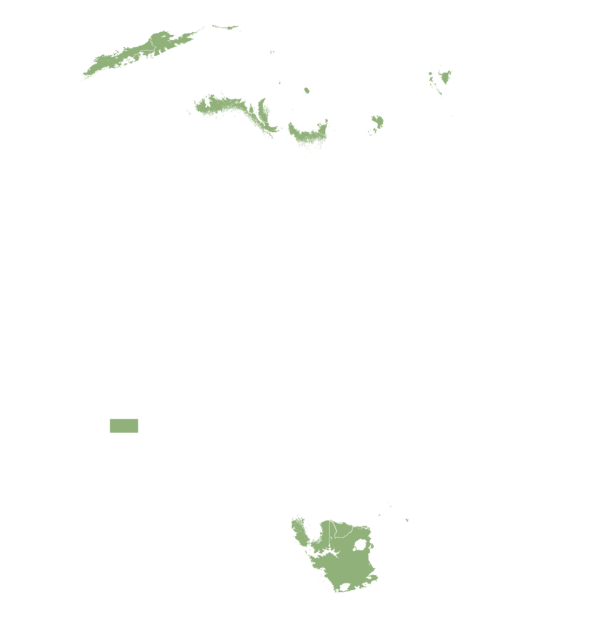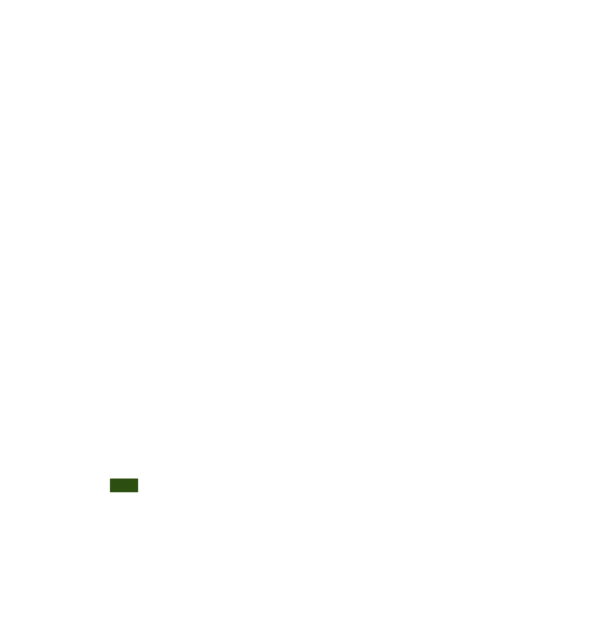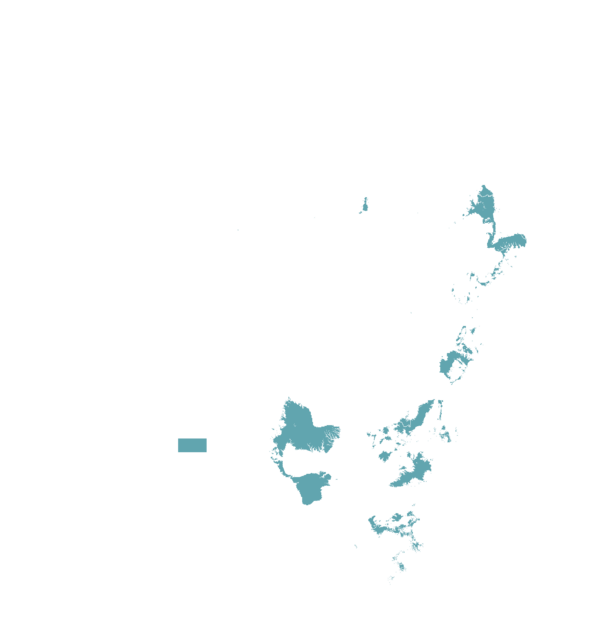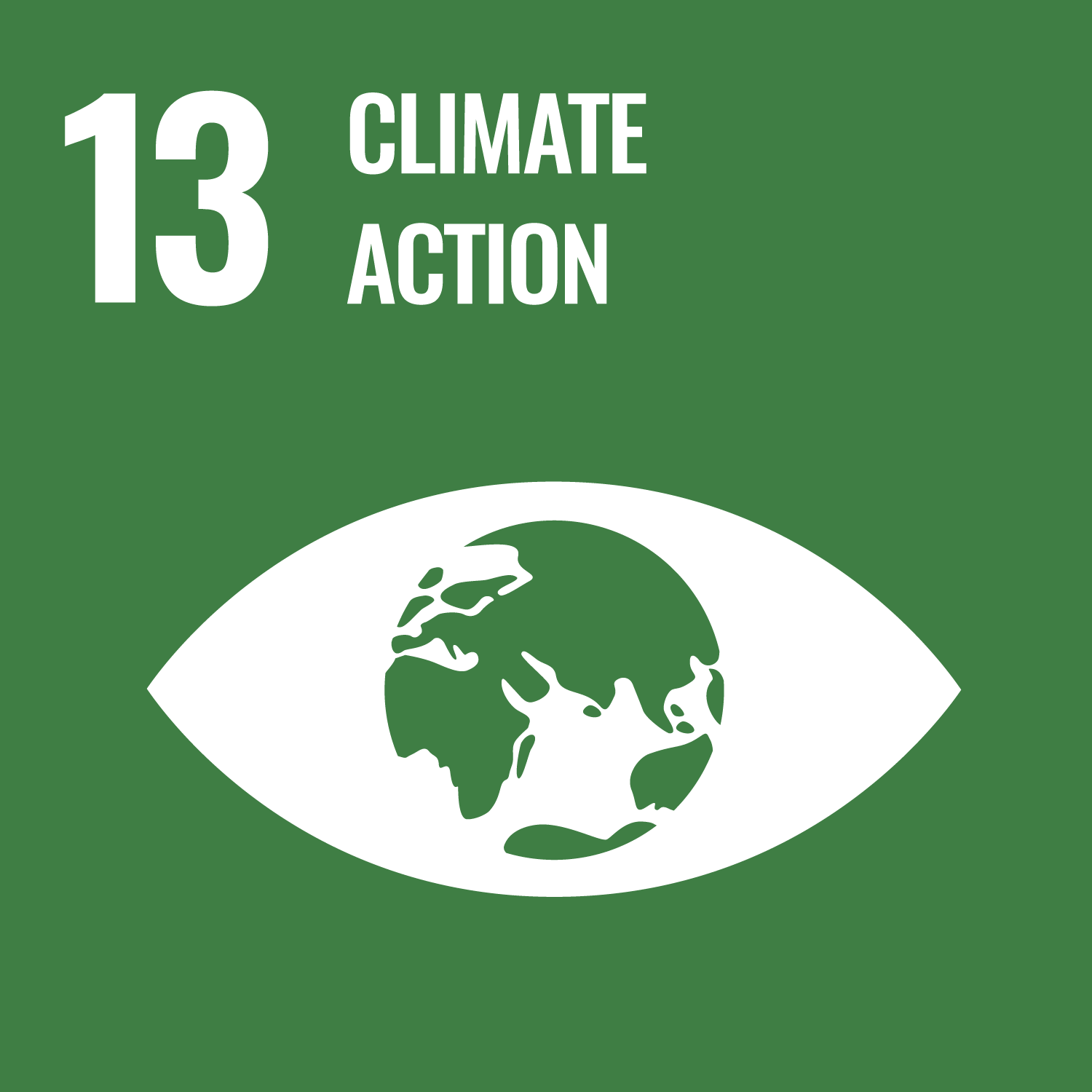

Revolutionize your fish farming with IPRS for maximum yields and sustainability.
The In-Pond Raceway System (IPRS) is a groundbreaking aquaculture technology designed to enhance fish farming efficiency. It achieves this by maintaining uninterrupted water flow and implementing effective waste disposal methods. This system allows for significantly higher fish stocking densities, with levels reaching up to 150 kilograms per cubic meter. In comparison to traditional pond farming, IPRS has been shown to yield a remarkable 200-300% increase in fish production. By focusing on water quality, aeration, and waste management, IPRS sets a new standard for sustainable and high-yield aquaculture practices.
This technology is TAAT1 validated.
for 1kg of feed
8-month total variable costs per kg
8-month total fixed costs per kg
Patent granted
Utilizing the In-Pond Raceway System (IPRS) technology offers a solution to effectively manage pests and diseases, enhance fish yield and quality, and promote sustainable aquaculture practices, thereby improving the livelihoods of diverse farming communities.
As essential collaborators, suppliers of IPRS equipment are necessary partners. Considering that the technology is available in various countries like Kenya and Nigeria, it's crucial to account for delivery costs and potential import duties.
The cost structure varies for IPRS technology. The cost of building an IPRS varies depending on the size and the materials used. A reinforced concrete raceway of 5 m long, 1.2 m wide and 1.2 m deep costs about 4,000 USD. If constructed properly, an IPRS should have a life of 5 to 10 years. Despite their higher initial investment, IPRS have a lower break-even variable cost point per harvest as compared to traditional static ponds.
For better optimization of the technology, consider associating it with complementary technologies such as All Male Tilapia Fingerlings with Greater Yield and Uniformity Fast Growing and Hybrid African Catfish.
Fish farmers dependent upon IPRS technology may achieve a 30% increase in profit margin while at the same time practicing water conservation.
Adults 18 and over: Positive high
The poor: Positive low
Under 18: Positive high
Women: Positive high
Climate adaptability: Highly adaptable
Farmer climate change readiness: Significant improvement
Biodiversity: No impact on biodiversity
Carbon footprint: A bit less carbon released
Environmental health: Moderately improves environmental health
Soil quality: Does not affect soil health and fertility
Water use: A bit less water used
Scaling Readiness describes how complete a technology’s development is and its ability to be scaled. It produces a score that measures a technology’s readiness along two axes: the level of maturity of the idea itself, and the level to which the technology has been used so far.
Each axis goes from 0 to 9 where 9 is the “ready-to-scale” status. For each technology profile in the e-catalogs we have documented the scaling readiness status from evidence given by the technology providers. The e-catalogs only showcase technologies for which the scaling readiness score is at least 8 for maturity of the idea and 7 for the level of use.
The graph below represents visually the scaling readiness status for this technology, you can see the label of each level by hovering your mouse cursor on the number.
Read more about scaling readiness ›
Semi-controlled environment: prototype
Common use by projects NOT connected to technology provider
| Maturity of the idea | Level of use | |||||||||
| 9 | ||||||||||
| 8 | ||||||||||
| 7 | ||||||||||
| 6 | ||||||||||
| 5 | ||||||||||
| 4 | ||||||||||
| 3 | ||||||||||
| 2 | ||||||||||
| 1 | ||||||||||
| 1 | 2 | 3 | 4 | 5 | 6 | 7 | 8 | 9 | ||
| Country | Testing ongoing | Tested | Adopted |
|---|---|---|---|
| Kenya | –No ongoing testing | Tested | Adopted |
| Nigeria | –No ongoing testing | Tested | Adopted |
This technology can be used in the colored agro-ecological zones. Any zones shown in white are not suitable for this technology.

















| AEZ | Subtropic - warm | Subtropic - cool | Tropic - warm | Tropic - cool |
|---|---|---|---|---|
| Arid | ||||
| Semiarid | ||||
| Subhumid | ||||
| Humid |
Source: HarvestChoice/IFPRI 2009
The United Nations Sustainable Development Goals that are applicable to this technology.



Design and Setup:
Water Circulation:
Aeration:
Stocking Fish:
Waste Management:
Water Filtration:
Monitoring and Maintenance:
Feeding:
Harvesting:
Cleaning and Maintenance:
Last updated on 7 November 2025